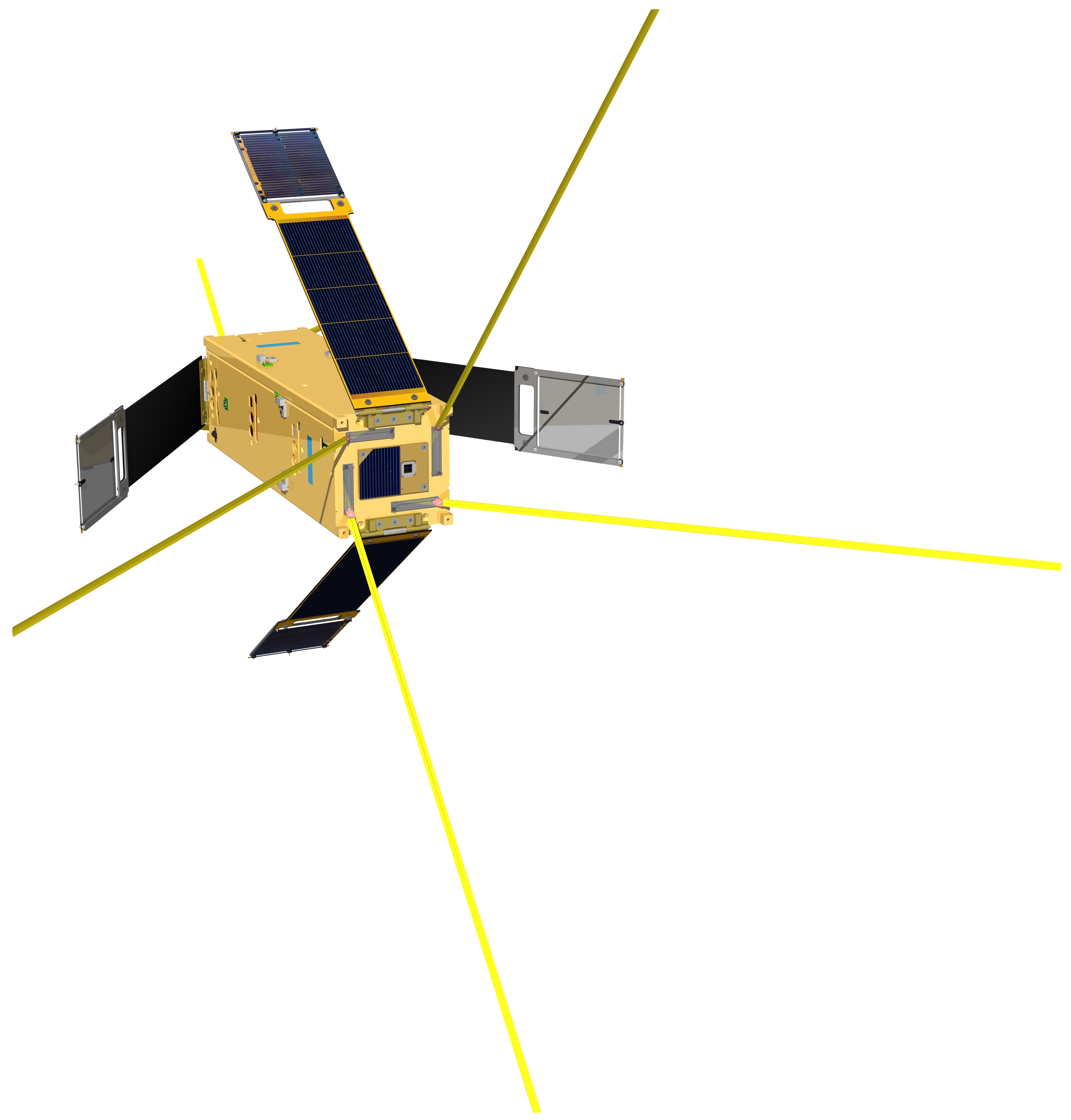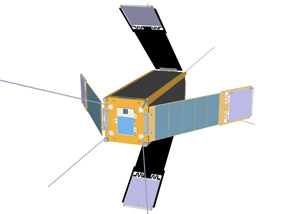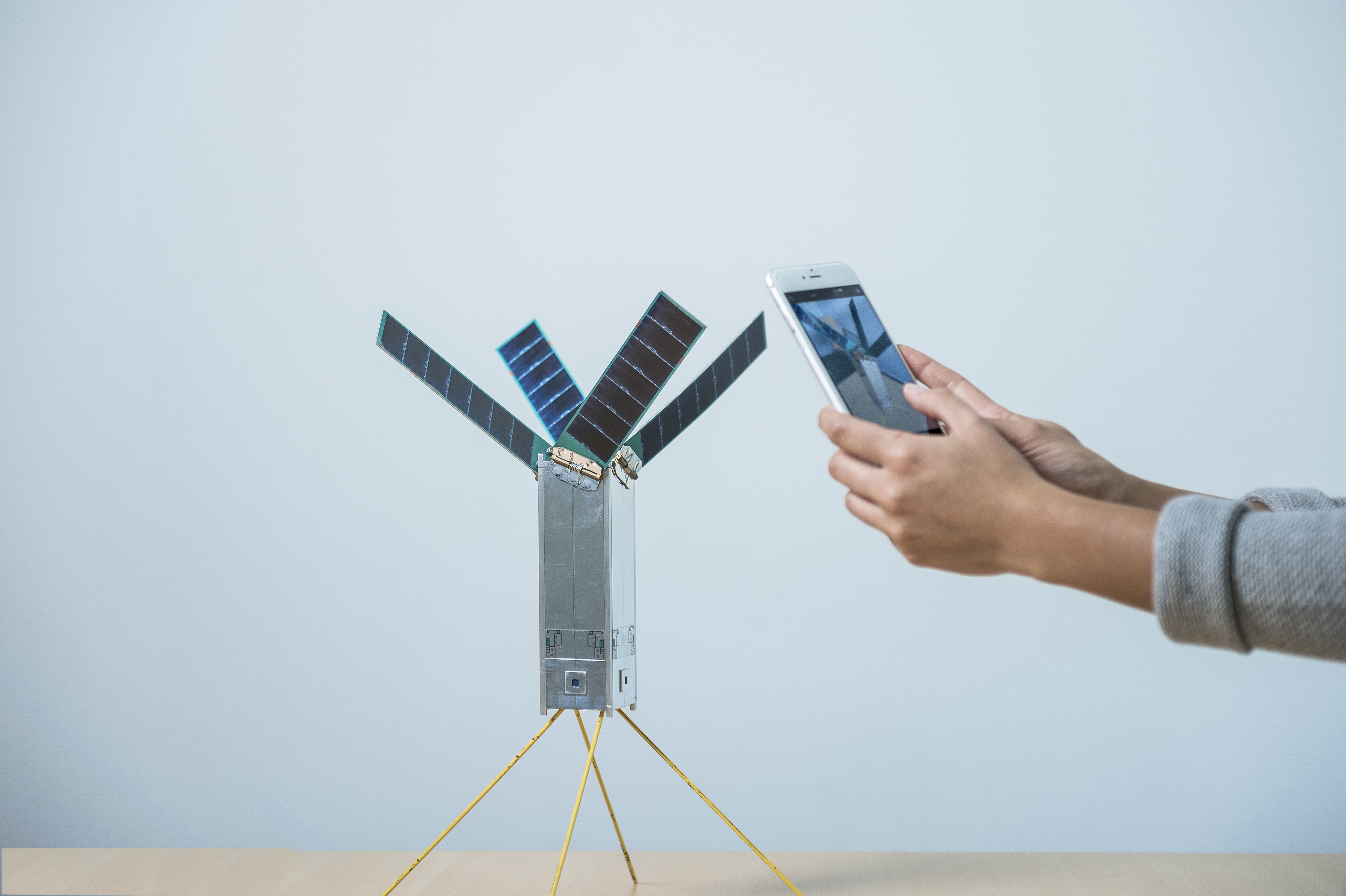Space is no longer only accessible to governments. Nevertheless, developers of small satellites, such as universities and small businesses, must depend on the unused space in large rockets to launch them. This consequently means that they have no control over the timing of the launch and that their choice is limited when it comes to the satellite's orbit. The commercial development of rockets, specifically designed for smaller amounts of cargo, offers a solution. For his graduation project, Nigel Drenthe improved and validated a cost estimation model for this that won the first Heinz Stoewer Space Award.
“It's no longer the major satellite projects which you hear about in the media," says Nigel Drenthe. "Start-ups for developing new rockets offer fascinating technical innovations and everyone is quoting much lower prices for each kilogram of cargo". As a young boy, Nigel already had a fascination for rockets. So naturally, he chose to study Aerospace Engineering. It was during his studies that he learned exactly which technical systems were needed to shoot a rocket into the sky in a controlled way. But he also learned that a rocket will never fly without proper groundwork and cost management.
Brilliant, but not feasible
“Engineers are full of brilliant ideas," says Nigel Drenthe, "but they have absolutely no idea what these mean for the production of the rocket. On the other hand, managers and marketing people have no idea about technical feasibility". A visit to the Cost Engineering section of the European Space Agency (ESA) taught him that a good cost estimation model is needed, particularly in the early stage of the development process. This allows choices to be made, for example, between buying the necessary technology or developing it yourself, or pulling the plug on the whole project. Because he wanted to focus on the interface between these topics for his thesis, Nigel needed two supervisors: Barry Zandbergen (MSc Engineering) of the Space Systems Engineering Group (SSE) became his daily supervisor while Prof. Ricky Curran of the Air Transport and Operations Group (ATO) was chiefly consulted about the methodology of cost estimates.
A complex cost model
Nigel’s graduation project elaborates on the earlier work of Dietrich E. Koelle, a luminary in the field of space travel who has devoted himself to the costs of space transportation since 1970. Koelle suggested that commercial parties can reduce costs because they outsource work less frequently, which yields them a greater profit. As a result, they also need to employ fewer people to maintain all the contacts with their suppliers. It is these aspects that Nigel Drenthe added to Koelle’s existing cost estimation model. What’s more, he examined the costs involved in the development and production phases in much greater detail. So instead of providing an estimate for the cost for an entire rocket stage, he detailed the costs of all of the components, such as a navigation subsystem, a fuel tank and a bypass fuel system.
Twenty percent accurate
It is the number of launches that especially proved to be a major factor in the costs. Nigel Drenthe: “It is only at four or more launches that the contribution of the fixed costs drops below the generally accepted standard of 35% of the launch costs. For example, think about the costs of facilities, the maintenance team and mission control". He says there is scarcely any publicly available information about the development cost of rockets. Nevertheless, Nigel was able to test his model on the basis of partially classified data from two small launch vehicles: the Falcon 1 from SpaceX and the Pegasus XL from Orbital ATK. His model proved to be accurate to within twenty percent. “This is sufficient for the early stage of development", says Nigel Drenthe. “We’ll see whether this also applies to the rockets that are currently being developed. Incidentally, my model applies to both small and large launcher vehicles".
A graduating student knows what to do
While he was in the process of completing his studies, Nigel already put his model to use when a group of people from a certain project were considering launching a rocket from underneath a fighter jet. This would mean they could use an airport instead of an expensive launch pad. “Unfortunately, it turned out that sufficient thrust could only be provided by toxic rocket fuel. And safety requirements, mean an airport simply could not be used for this purpose. My model also showed that the costs of such a design were extremely high".
The chicken and the egg
Space start-ups quote extremely low prices of between five to ten million euros for transporting a few hundred kilos of cargo into Low Earth Orbit. As the price is largely determined by the number of launches, this also makes for an interesting marketing aspect. “The commercial development of small launch vehicles involves the classic chicken and egg dilemma", says Nigel Drenthe. “If the given prices become reality, I’m convinced that many small parties will be eager to make use of them. And if there is enough demand for small launch vehicles, my model demonstrates that these prices are achievable ". In addition to the technical-commercial aspect, Nigel would also have liked to have constructed the price elasticity model. “Now that’s the perfect topic for another student’s research".
Click here if you would like to view Nigel’s entire graduation project and click here if you would like to read about the award ceremony.


